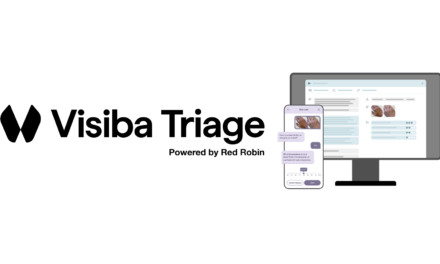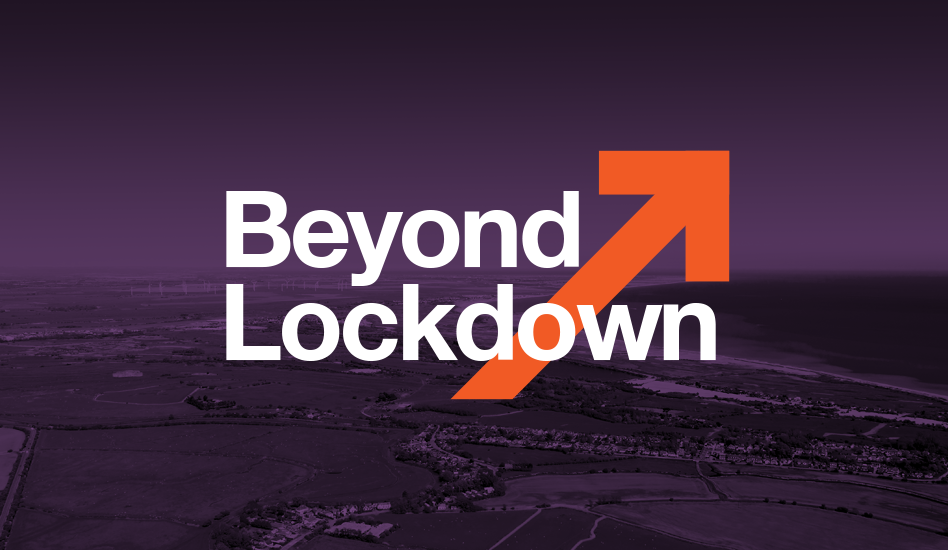An initiative to improve communications for COVID-19 patients in intensive care has been accessed by 8,000 people in 50 countries across six continents – just under four weeks after the idea for the website was formed on April 1st.
Dr Rachael Grimaldi, NHS Anaesthetist at Brighton and Sussex University Hospitals NHS Trust, was inspired to create CARDMEDIC after seeing an interview on Sky News.
A UK patient who had survived COVID-19 described feeling terrified of not being able to understand what his healthcare providers were saying, due to the limitations of communicating through Personal Protective Equipment, such as face masks, visors and hoods.
Dr Grimaldi came up with the idea of communication flashcards that use simple and succinct basic language to share information and describe the plan of action. Within 72 hours she had created a free website containing an A-Z index of the most common issues, and has been adding to it ever since.
You can either access the flashcards via the website, cardmedic.com, via an app (available on Apple, with android pending), or print and laminate the cards. It is available in 10 languages currently, thanks to Weglot and Language Connect, with plans underway to significantly expand that database.
It also had a “read aloud” function for patients who are unable to read for any reason, including being partially-sighted or blind, thanks to SiteSpeaker. They are integrating British Sign Language videos with thanks to Signly and the Royal Association for Deaf People, and with input from Speech and Language Therapists and Learning Disability Nurses, improving accessibility with addition of illustrations and communication tools.
Rachael said that in under two weeks they have also developed a free app, in collaboration with A Million Monkeys.
“When I set this up I thought it would be something that I could share with some friends and colleagues, and that it could help a number of people. I’m really surprised with how it’s taken off – our data shows that prior to the national media coverage this past weekend, more than 8,000 people across 50 countries in six continents have accessed the site,” she explained.
“The app went live this weekend in the midst of the national media coverage across a range of outlets including newspaper, television and radio. In that time alone, the app has had over 1,000 downloads and the website nearly 20,000 visitors and 85,000 page views, with a bounce rate of only 0.21%. Overall since launching, we have had over 27,000 visitors to the site and over 112,000 page views in under a month.
“Twitter has also been instrumental in that growth, as well as the Department for International Trade and the British Defence Medical Services Clinical Research and Innovation Gateway COVID-19 Taskforce, which is assessing ideas that people have come up with in response to the pandemic, who fast-tracked CARDMEDIC to share it with over 70 senior DMS clinicians across all specialties around the UK.”
As well as improving transfer of vital information from frontline healthcare professionals to unwell and critically ill patients, CARDMEDIC is also a practical and convenient upskilling training tool, for healthcare professionals re-deployed to work outside their usual realm of clinical practice and for healthcare staff and volunteers returning to work in the pandemic.
Dr Grimaldi said that its rapid development has been made possible by the support of countless individuals and generous donation of time, services and expertise of individuals, businesses and organisations.
“Not only has this happened so quickly, but also with the will and generosity of a whole range of people coming forward to help with content, translation and more, it’s been a multi-disciplinary effort. Tasks that would have taken weeks or months, have taken hours or days,” she explained.
Dr Grimaldi has also received support from KSS AHSN, who have helped with funding and business advice.
“It was really helpful to receive that business management perspective from an organisation that understands the medical implication of the product. The team also helped us to think about future proofing CARDMEDIC, and suggested funding streams and opportunities for further promotion,” she said.





